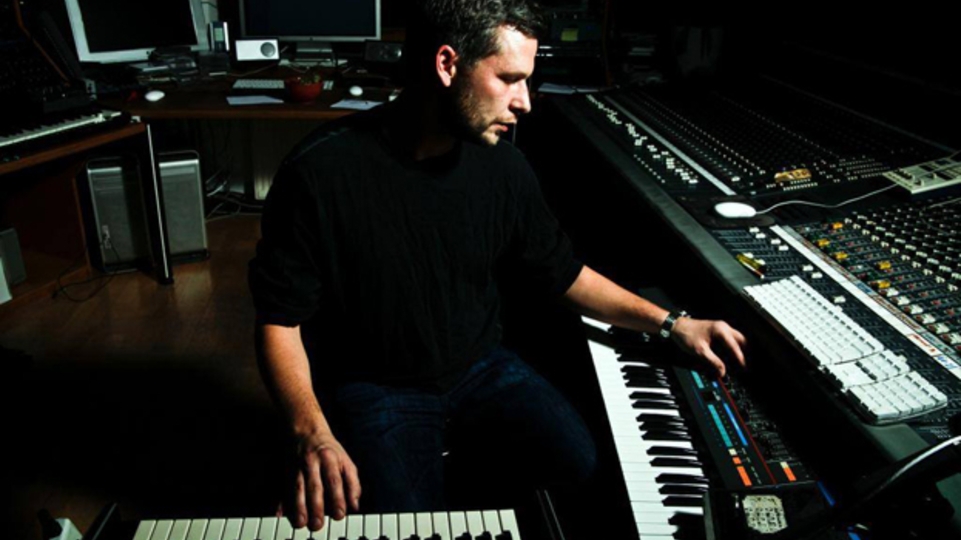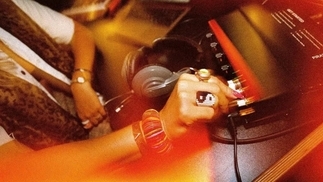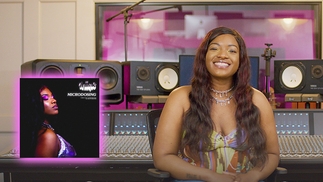MONO VS STEREO
<p><a href="http://bit.ly/1vVNdkZ">FREE COURSE SAMPLES</a></p>

In the real world, the vast majority of instruments you hear are mono. That is, a single sound source coming from a single direction. As our ears and brains decode the reflections and reverb created by the space the instrument is in, the sound appears to be ‘stereo’. If you apply this logic to mixing, it would make sense that generally, each track was mono, panned to a relevant place, and only the ambient and spatial effects would be ‘true’ stereo. This was certainly the case with most recordings up until the age of the DAW and soft synths, where stereo tracks have become the default.
But is this really a good thing? Is having every sound in stereo a benefit to our mix? As mono compatibility is a vital part of making music for clubs, can so much stereo information actually end up making our tracks sound worse? In our latest Friday Forum Live! we were joined by Point Blank Head of School JC Concato (Portishead, Us3) to tackle these questions and more.
If you want to dive further into mixing theory and audio fundamentals, our Music Production Logic Diploma online covers these topics and much more. We cover everything from music composition, teaching you music theory, as well as mixing, mastering and sound design. It’s a popular course – artists like Patrick Topping, No Artificial Colours and Plastician all studied online with us so you’ll be in good company. Find out more about this course here and make sure you subscribe to our YouTube channel for more free tutorials and live events
.





